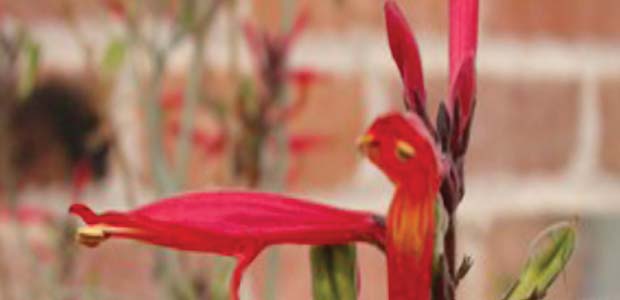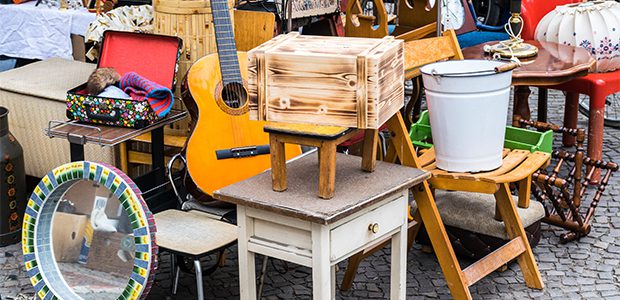FOR SOUTHERN ARIZONA
The mild winter of Southern Arizona entices both locals and snowbirds to the outdoors where they revel in sunny cool days and ideal conditions for patio living. However, the sunny days and Sunday barbecues might fool some into believing that Southern Arizona is full of blooms and color in the winter. In fact, many of our landscape plants, especially native species, are dormant in winter.
However, there is no need to suffer a dull and boring winter landscape. With careful plan-ning and plant selection, you can create attractive combinations that glow in the lovely rich light of the cool season. Evergreen trees, dramatic accent plants, winter flowering shrubs, and native wildflowers are some of the living elements to consider. Vividly colored walls and other hardscape elements can serve as eye catching backdrops for sculptural plants like ocotillo or create “hot” combinations with contrasting flowers.
Keep in mind that very cold winters can frost back even the toughest plants and that warm microclimates might be best for some species. Here are some additional tips to add color, texture, and interest to your winter landscape:
• If you have an existing landscape with plants that go dormant in winter, inter-plant evergreen species to create interest and “cover” the bare ones. For example, the evergreen foliage of damianita can be used to hide the leafless stems of red bird-of-paradise in winter. Make sure to leave sufficient room for the dormant plant to achieve its full size in summer.
• Plant evergreens of different colors and textures to create attractive combinations. Wooly Butterfly Bush, with its gray, fuzzy foliage, looks good with the green, needle-like foliage of Tur-pentine Bush. Gopher weed is a prostrate plant with pointed leaves that con-trasts nicely with its vertical, leafless relative, Candelilla.
• Combine “hot” colored flowers together for great effect in the golden light of winter. For example, pansies, calendulas, and Iceland poppies in a pot create bright splashes that liven up a patio or entryway. Another benefit of pansies and calendulas is that they are edible and add as much color to a salad as they do to the outdoors!
• Use other colorful edible plants like red leaf lettuces, gray-green Russian kale, and chard, which has stems that range from white to pink to orange and red.
• Plant container gardens. They are easy to care for, can be located in frost protected areas, and can be emptied for summer or moved out of the way. Attractive, colorful pots add to the effect.
Source: www.gardeninginsights.com








